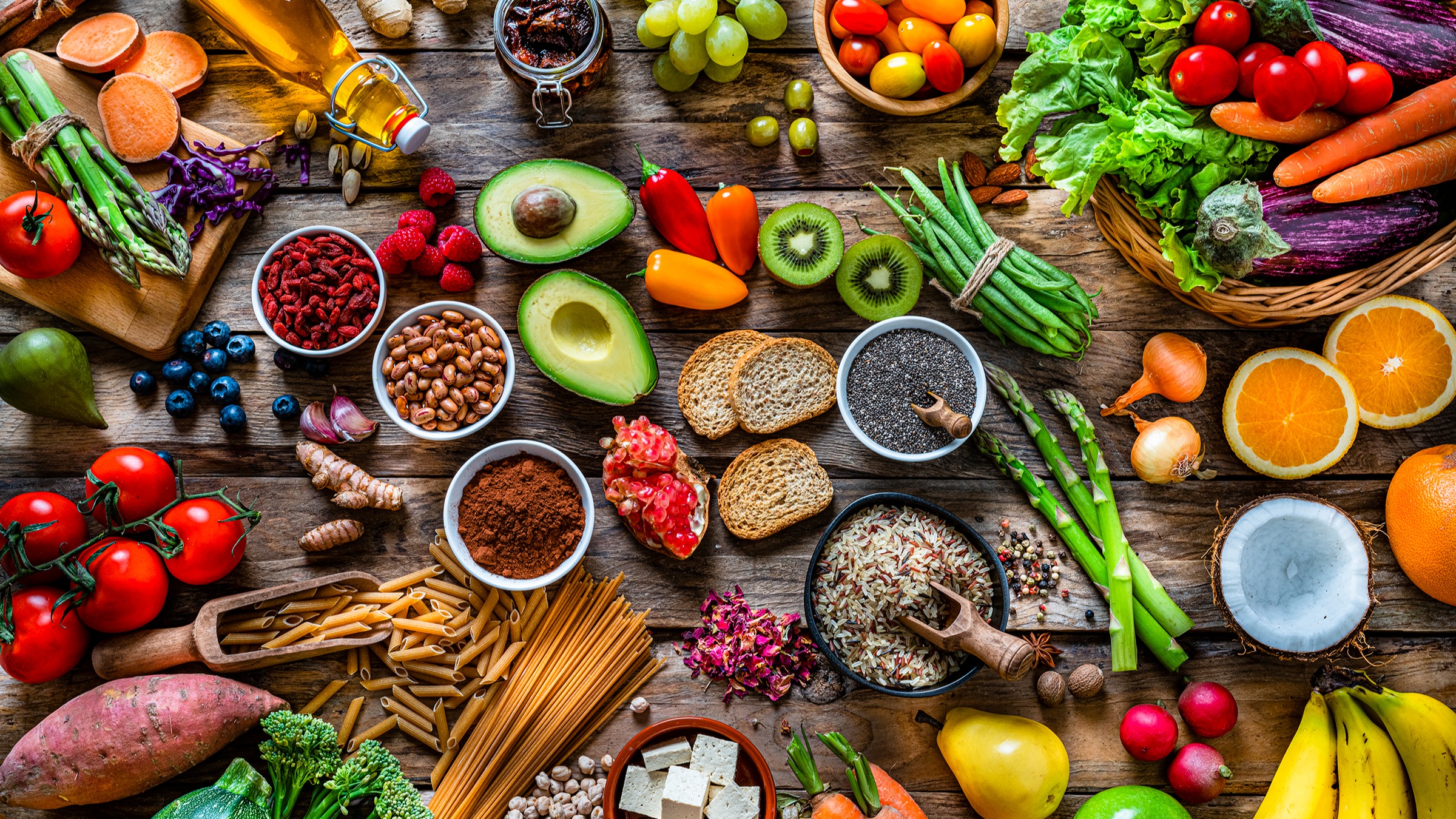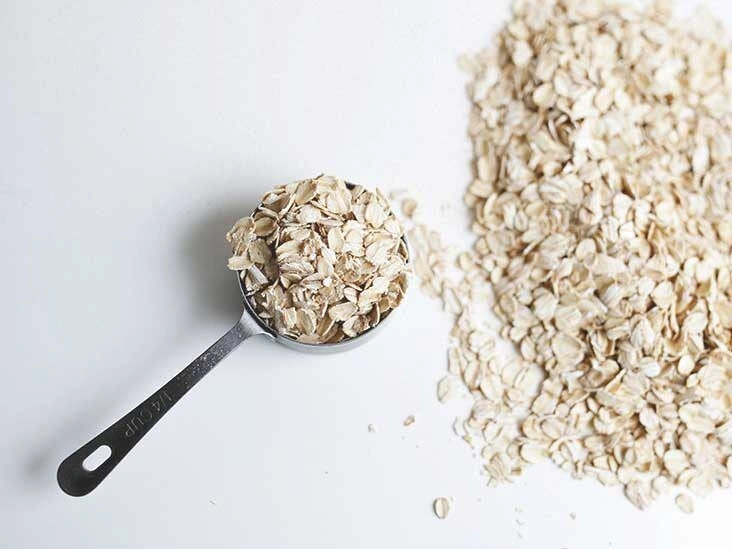Constipation relief strategies — like boosting fiber, performing an abdominal massage, or increasing fluids — can often help move stool along. In some cases you may need a laxative, a suppository, or an enema.
Constipation is typically defined as having fewer than a few bowel movements per week or passing stools that are hard and difficult to expel. This often leads to excessive straining and prolonged time on the toilet.
Its causes differ, and constipation is usually a symptom of another issue rather than a diagnosis itself. Contributing factors can include:
- dehydration
- a diet low in fiber
- stress
- other medical conditions
A 2014 study estimated the average whole-gut transit time range to be about a few days. However, your bowel movement frequency is influenced by activity levels, diet, age, sex, and overall health. While there’s no universal ideal number, going three or fewer times per week can be unsafe.
Continue reading for ways to relieve both temporary and chronic constipation and guidance on when to seek medical advice.

How can I relieve constipation quickly?
If you’re constipated, the following immediate measures may prompt a bowel movement within hours.
1. Use a fiber supplement
If low fiber intake is the culprit, fiber supplements can help produce bowel movements. They increase stool bulk, aiding its passage through the intestines and out of the body.
Common choices include:
- calcium polycarbophil (FiberCon)
- psyllium (Metamucil, Konsyl)
- methylcellulose (Citrucel)
2. Eat foods that ease constipation
Consuming high-fiber foods can help relieve constipation.
High-fiber options include:
- oats
- whole-grain bread or cereals
- whole wheat pasta
- fiber-rich fruits like apples and bananas
- fiber-packed vegetables such as broccoli, carrots, and leafy greens
- brown rice
- beans and lentils
- split peas
- nuts like walnuts, pecans, and almonds
It’s also wise to limit foods that can worsen constipation, such as:
- low-fiber snacks like chips
- excessive meat
- packaged meals, including boxed or frozen dinners
- fast food
- highly processed items like certain frozen entrees, deli meats, and hot dogs
3. Drink a glass of water
Proper hydration is essential for regular bowel movements — aim for roughly seven to eight 8-ounce glasses of clear fluids daily, though exact needs vary by body size, sex, and whether you’re pregnant or breastfeeding.
If you’re constipated due to inadequate fluid intake, drinking a large glass of water may trigger a bowel movement.
4. Take a stimulant laxative
Stimulant laxatives work by contracting the intestines to initiate a bowel movement and can take about 6 to 12 hours to act. They are available over the counter. Examples include:
- bisacodyl (Dulcolax, Ducodyl, Correctol)
- senna sennosides (Senokot)
Guidelines generally recommend stimulant laxatives mainly for severe constipation that doesn’t respond to other approaches and advise ruling out underlying causes before regular use.
5. Use an osmotic laxative
Osmotic laxatives pull water into the colon to help move stool along. Examples are:
- magnesium hydroxide (Phillips Milk of Magnesia)
- polyethylene glycol (PEG) (MiraLAX)
- magnesium citrate
- lactulose (Kristalose)
Osmotics often take longer than stimulants — around 2 to 3 days to work.
Higher-strength PEG solutions (GoLYTELY, NuLYTELY) are available by prescription.
6. Try a lubricant laxative
Lubricant laxatives coat the intestinal walls and the stool, helping it glide more easily through the colon and out of the body.
7. Use a stool softener
Hard stools from dehydration can be softened with agents like docusate sodium (Colace) or docusate calcium (Surfak), which draw water into the stool to make passage easier.
8. Try an enema
Enemas soften stool and help evacuate it by introducing liquid into the rectum. Typical types include:
- sodium phosphate (Fleet)
- soapsuds
- tap water enemas
9. Use a suppository
Rectal suppositories, such as glycerin or bisacodyl forms, can soften stool and stimulate a bowel movement when inserted into the rectum.
10. Adopt a squat position to defecate
Using a small stool for your feet while seated on the toilet — effectively imitating a squatting posture — can help align the rectum and allow stool to pass with less straining.
For guidance on the squatting posture and techniques that ease bowel movements, you may find resources about acupressure points for gas and other nonpharmacologic approaches helpful.
11. Get moving
Gentle activity like walking or yoga can promote bowel movements by boosting circulation in the abdomen.

12. Try colonic massage
Manual abdominal massage may stimulate bowel activity for people with slow transit constipation.
A 2021 study indicated that an automated abdominal massage device reduced stool transit time in individuals with chronic constipation.
13. Consider natural remedies
Natural options such as probiotics may help treat and prevent constipation; some studies report increased stool frequency after use. Although generally safe, clinicians often advise caution in immunocompromised individuals.
Discuss any herbal supplements or teas with your doctor before trying them. Some herbal blends — for example, those containing clover, fennel, and senna — might ease constipation but can interact with other medications.
If you prefer an approach focused on diet and gentle cleanses, see our guide on a natural colon cleanse for safe, evidence-informed tips.
Constipation relief for children
Children may be constipated if they have fewer than a few weekly bowel movements, often resulting in hard stools that are hard to pass.
About a portion of children globally experience “functional constipation,” meaning constipation without an identifiable cause. To help a constipated child, increase fluids and encourage regular physical activity.
Young children who are toilet trained may benefit from scheduled toilet sits at the same time every day for around 5 to 10 minutes, preferably after meals.
If symptoms persist or other signs emerge, medical attention may be necessary. Concerning symptoms in children with constipation include:
- diarrhea
- abdominal swelling
- fever
- poor appetite
- weight loss
- constipation that starts when a baby is under a month old
Constipation relief during pregnancy
Constipation is common in pregnancy, particularly in the third trimester, and can also occur after delivery.
The American College of Obstetricians and Gynecologists suggests increasing dietary fiber to at least 25 grams per day and drinking more fluids.
Short-term use of stool softeners may be safe in pregnancy. If dietary adjustments don’t help, consult your doctor about the safest treatment choices.
Occasional versus chronic constipation treatment
Over-the-counter laxatives or stool softeners can manage occasional constipation, while chronic or persistent constipation may require prescription medications.
Constipation may be secondary to conditions like irritable bowel syndrome (IBS); treating the underlying disorder can alleviate symptoms. Sometimes constipation arises without a clear cause.
Prescription options include:
- linaclotide (Linzess) or plecanatide (Trulance) to promote regular bowel function in idiopathic constipation or IBS
- lubiprostone (Amitiza) to soften stool and increase bowel frequency by drawing fluid into the gut
- prucalopride (Motegrity) to improve bowel regularity in long-term idiopathic constipation
The long-term safety of some prescription constipation medicines is still being evaluated. Discussing options with a physician can help determine the best plan for you.
Treatment for severe constipation
If severe constipation doesn’t respond to diet changes or standard laxatives, you may be referred for additional treatments.
These might include:
- a stimulant laxative
- biofeedback therapy to retrain pelvic and bowel muscles
- surgery to correct rectal prolapse or remove an obstruction
If you cannot have a bowel movement without laxatives, there may be an underlying problem that needs prompt medical assessment.
Lifestyle adjustments that support regular bowel movements
Some routine changes can help prevent constipation over time. Try to make the following habits part of your daily routine:
- Increase dietary fiber when possible. Incorporate fiber-rich foods into your meals. Depending on age, aim for about 22 to 34 grams of fiber daily. If using a supplement for chronic constipation, start low and gradually increase; excessive fiber can cause bloating in some people.
- Exercise regularly. Moderate activity such as walking, jogging, cycling, or swimming several times a week can support healthy bowel function.
- Stay well hydrated. Aim for at least eight 8-ounce glasses of clear fluids each day.
- Manage stress. Stress reduction techniques can benefit digestive health.
- Don’t ignore the urge to go. Try to have bowel movements at similar times each day.
When to seek medical care
See a doctor if constipation lasts more than a week and won’t respond to treatment so they can exclude serious causes and suggest more effective therapies. Seek medical attention if your constipation is accompanied by:
- dizziness
- fatigue
- cramping
- spasms
Frequently asked questions
How can you relieve constipation in 30 minutes?
Try warm beverages such as herbal tea or warm water to stimulate bowel activity. Gentle abdominal massage or a short walk may also help prompt a bowel movement.
How do you relieve constipation naturally?
Eat fiber-rich foods like fruits, vegetables, and whole grains and drink plenty of water. These measures support digestion and encourage regular bowel movements.

What’s the fastest way to relieve constipation?
Over-the-counter options such as fiber supplements or stool softeners can provide relatively quick relief by increasing stool bulk or moisture, making it easier to pass.
Is there a simple way to empty your bowels?
Deep breathing can activate the vagus nerve, which influences digestion. Adopting a squatting posture on the toilet can also help align the rectum for easier elimination.
Takeaway
Constipation is characterized by fewer than a few bowel movements per week or stools that are hard to pass without straining.
Home remedies include increasing fiber, using a laxative, a suppository, or a stool softener. Trying a squatting position, light exercise, or an abdominal massage may also help.
A healthcare provider can evaluate for underlying causes and prescribe medications when necessary.


















Leave a Reply
You must be logged in to post a comment.